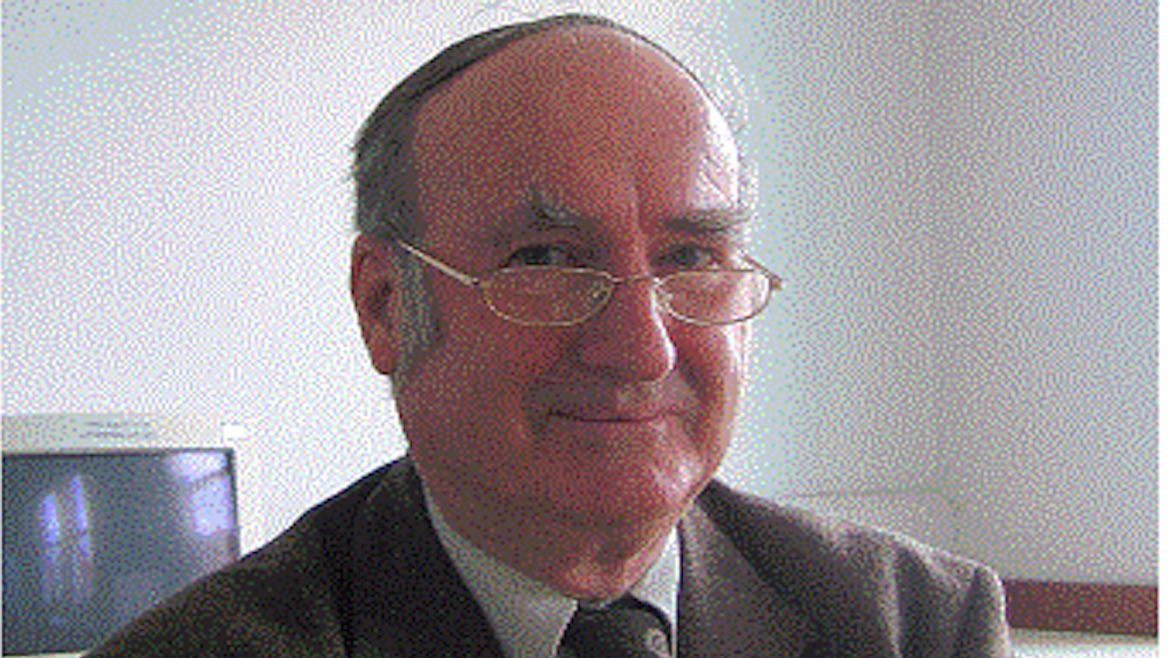The archaeologist and the teacher: life and ministry of Alan Millard
One emphasis Millard made in his talks is that archaeology provides valuable information that can be used to deepen our knowledge of the Bible.
18 JUNE 2024 · 16:35 CET

“Now all has been heard; here is the conclusion of the matter: Fear God and keep his commandments, for this is the duty of all mankind” Ecclesiastes 12:13
On 5 June, Alan Ralph Millard (1937-2024) passed away. For several years, Millard was a visiting professor of biblical archaeology at the IBSTE International School of Theology in Castelldefels, Barcelona (Spain).
Alan Millard was a high-profile archaeologist, participating in excavations in Syria, Jordan and Iraq.
He also worked for the British Museum for several years, discovering a work of antiquity, which lay hidden among the thousands of fragments of cuneiform tablets kept in the museum. I am referring to the Atrahasis epic, which contains a description of the flood similar to the one we have in the book of Genesis.
Alan Millard spent most of his ministry in teaching, especially at Liverpool University, where he had as a colleague the great Egyptologist Kenneth Kitchen.

A young Alan Millard. I had the opportunity to do translations in his classes at IBSTE, which helped me to see the importance of archaeology in the study of the Bible. One emphasis Millard made in his talks is that archaeology provides valuable information that can be used to deepen our knowledge of the Bible. Two examples of this:
1. We see in the Bible that the kings are builders. David passes on the plans for the construction of the Temple to his son Solomon. A help we have through the iconography of Mesopotamia is the Oslo stele, a monument where we can see the Babylonian king Nebuchadnezzar II (the same one who appears in the book of the prophet Daniel), where Nebuchadnezzar is represented as an architect who builds the city of Babylon (of which we have evidence by the Ishtar gate built by him, which is in Berlin). We can also see in the British Museum the great Assyrian king Ashurbanipal (who appears in the Bible as the great and glorious Ashnapar in Ezra 4:10) holding building bricks, that is, representing himself as a builder-king. Jesus had a profession before he was anointed by John the Baptist, carpenter, a word which in Greek can also be translated as mason. This helps us to better understand John 14:2-3, where we see that Jesus is going to ascend to build us a place.
2. The function of the shepherd king is mentioned in the Bible (Isaiah 44:28; Ezekiel 37:24). We see the same in Egyptian and Assyrian iconography. Pharaoh holds a shepherd’s staff in one of his hands, representing himself as a king who cares for his people, as a shepherd cares for his flock. In Mesopotamia we see in the texts how kings are mentioned as shepherds. All this brings us to the royal language in John 10:11, 14-16, 27-28, where we see Jesus as the great shepherd king.
Millard was a Christian committed to his church. I remember him proudly mentioning how he was grateful to God that one of his sons had been appointed pastor in a church. Alan Millard also lectured in church settings and university Christian Unions.
I remember the last time I spoke to Alan, after he had given me several books and articles he had written. The advice he gave me was not to forget the truthfulness of the Bible narrative, especially the incarnation of our Lord. He reminded me of the text from Ecclesiastes, which sums up his life after many years of study and research: Fear God and keep his commandments; for this is the whole of man.
Arturo Terrazas, professor of Old Testament and academic dean at the IBSTE Faculty of Theology in Castelldefels, Catalonia (Spain).
Published in: Evangelical Focus - Features - The archaeologist and the teacher: life and ministry of Alan Millard
